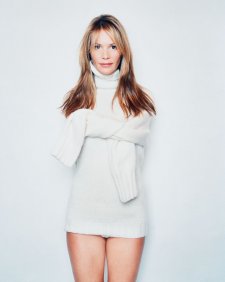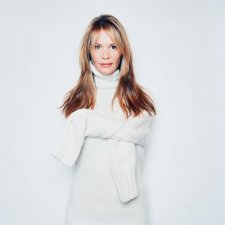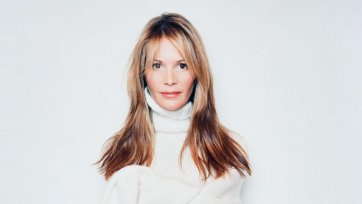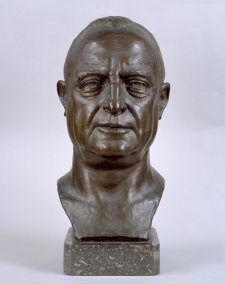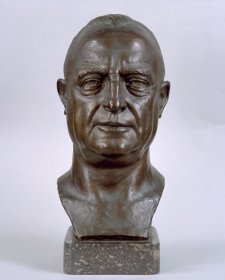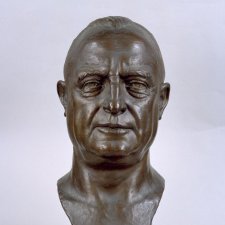On April 7th 2006 the Museum of National History at Fredenksborg Castle in Denmark will open a special exhibition titled Australian Visit. This exhibition is the result of a close and inspiring cooperation with the National Portrait Gallery in Canberra, which graciously has let the Fredenksborg Museum borrow more than 50 of its major works showing portraits of outstanding Australian personalities and the works of acknowledged Australian artists for the Danish audience.
At the same occasion, the museum -which is both the Museum of National History and the National Portrait Gallery of Denmark - will present the first Danish portrait of the new member of the Danish Royal Family, HRH Crown Princess Mary.
It was obvious for the museum to want a portrait of this young Australian born woman and future Queen of Denmark for its collections. She already plays a central role in Danish public life and within a very short time she has managed to acquire enormous popularity epitomizing the significance of the monarchy in present day society. The portrait will be one of the central pieces of the exhibition Australian Visit, but eventually it will be placed in the permanent collection together with other portraits of members of the Royal Family.
For this special commission the museum found it relevant and of importance to find an Australian artist, the intention of the portrait being to enhance the Australian background of the Crown Princess and at the same time to introduce Australian culture and art to the Danish museum visitors. Thanks to the generous help of the National Portrait Gallery of Australia in Canberra it was possible to find the appropriate artist for the task, the young Australian of international reputation, Ralph Heimans.
The exhibition will also give the Danish audience a chance to view the portrait of the Crown Princess which has been commissioned for the National Portrait Gallery in Canberra, made by the Chinese Australian artist Jarwei Shen. It will thus be possible to compare and discuss the different approaches to interpretation of the genre.
The introduction to the Frederiksborg exhibition presents Australia's history, focusing on the special Australian-Danish aspects. It begins with the exploration of the continent with James Cook and the 'Endeavour' voyage. Already in 1804, however, a Dane, the Copenhagen-born adventurer Jorgen Jurgensen, participated in the fist British expedition to Van Diemens land which started the European settlement at Sullivans Cove in 1803. Twenty years later - following more dramatic and adventurous exploits - he was to return to Tasmania as a British convkt, where he was appointed as an explorer for the newly created monopoly, the Van Diemens Land Company. Later on he was to take active part in the conflict with the aboriginal people.
Emigration from Denmark to Australia in the 19th and 20th century is illustrated among other things with examples of the photographs taken by the Danish photographer, Niels Peter Schourup in Australia in the 1880s, while the Sydney Opera House and Jorn Utzon naturally take a central position in representing the cultural relations between Australia and Denmark in the 20th century.
Following this general introduction to Australian history and culture, the central part of the exhibition consists of the 'Australian visitors' from Canberra. We meet international stars from the world of music, acting, and sports, but we also get a chance to meet many Australians who are not so well known, but who none the less play an important role - Nobel prize winners, wnters, Aboriginal artists, the first Australian astronaut and many many more, giving us insights into the richly faceted Australian world of today.
The last room of the exhibition shows a series of paintings made by a young Danish artist, Bodil Rosenberg. She has been strongly moved by the tragic story of the aborigine woman Truganini and the fate of the Tasmanian Aborigines. Her modernistic work stands as significant indicator of the constant exchange of ideas and inspiration across continents and centuries which make Danish-Australian history.
